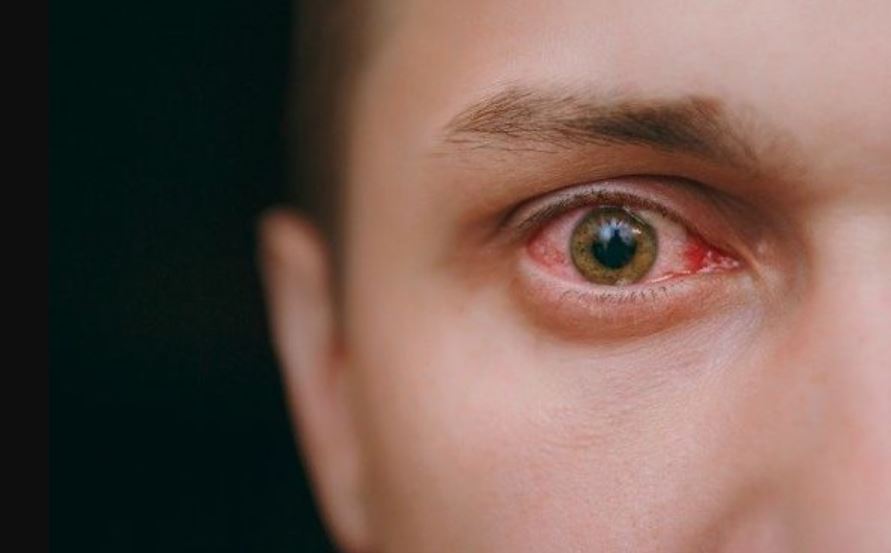The eye is a precious organ, and preserving vision is essential. Therefore, periodic detection and constant attention to the eyes are two essential steps to maintaining healthy and good vision. To understand eye diseases and their treatments, we must first grasp the eye’s structure.
The eye consists of several parts, and among these parts:
- Cornea: A transparent membrane allowing light to reach the back of the eye for vision.
- Iris: Determines eye color and adjusts it based on light intensity.
- Pupil: An opening in the iris that admits light into the eye.
- Lens: Collects and directs light to the retina, converting it into nerve signals.
- Retina: Captures and converts light into nerve signals for vision.
- Macula: Central area of the retina for fine detail vision.
- Optic nerve: Connects the retina to the brain’s vision center.
- Ocular fluid: Clear gel-like liquid filling the eye’s inner cavity.
Below we will highlight some of the most common eye diseases and their treatment methods:
Glaucoma : is the most common eye disease that threatens sight, as it does not show clear symptoms at its inception. Glaucoma affects the optic nerve and the fluid pressure inside the eye rises, leading to vision loss.
it’s 2 types of eye diseases
- Open angle glaucoma (most common).
- and Angle-closure glaucoma, which is accompanied by sharp and sudden pain, may lead to loss of vision.
treatment:
There is no definitive cure for glaucoma, but eye drops and laser procedures can be used. It may require surgical intervention in some cases. Early diagnosis is the key to ensuring chances of recovery and successful treatment.
Cataract- eye diseases
This disease causes the lens of the eye to change color from clear to dark or white, gradually affecting vision until the surrounding area becomes dark. This disease affects those who suffer from diabetes, or have suffered an injury or A strong collision with the eye, as happens to patients who take large doses of cortisone.
treatment:
At first, after diagnosing cataracts, you can try wearing sunglasses and avoiding looking under sunlight or bright lights. In case of no improvement, surgical intervention is used to replace the damaged lens with a healthy artificial lens.
macular degeneration:
This disease affects the elderly, as it affects the yellow spot responsible for seeing fine details, which leads to poor central vision.
In this case, many treatments can be used such as laser, eye injections, antioxidants and zinc, but these treatments do not prevent the condition from completely deteriorating.
retinal detachment:
This disease occurs when the sensitive part of the eye (the retina) separates from the eye wall. Retinal displacement from injury or trauma may require successful surgical repositioning for improved vision.
conjunctivitis:
This disease occurs when the conjunctival membrane of the eye becomes inflamed and turns red. The cause may be a bacterial or viral infection, or it may result from an allergy due to exposure to dust or harmful fumes.
Treatment for conjunctivitis varies depending on the cause. Rest and antiseptic eye drops can be used in the case of a viral infection. and antibacterial eye drops in the case of a bacterial infection.
Uveitis:
Uveitis is one of the most serious diseases affecting the eye, as it affects the blood vessels inside the eye and can lead to a significant deterioration in vision.
The cause can be viral or bacterial, and treatment varies depending on the cause. It is crucial to start early treatment for this disease before the situation deteriorates and treatment becomes more complex.
In summary, regular eye check-ups at the Royal Spanish Center are essential for maintaining healthy vision.To promptly address any concerns, receive a correct diagnosis, and get suitable treatment when needed, staying in touch with your ophthalmologist is essential.

